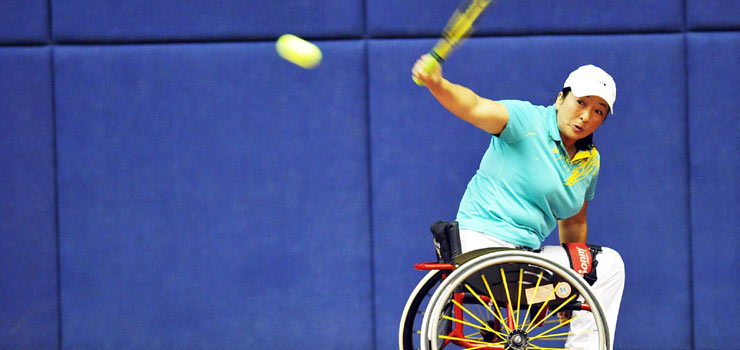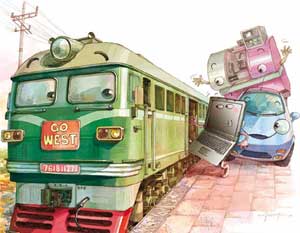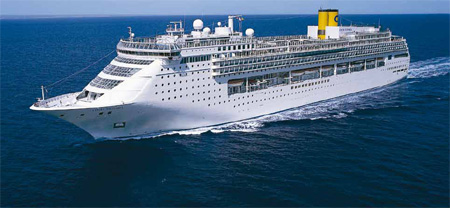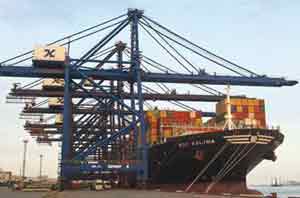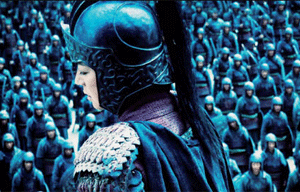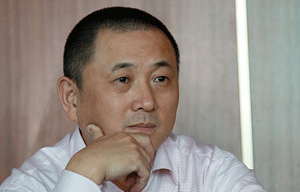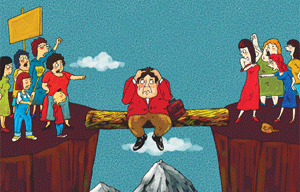September surprise in sales growth
Updated: 2011-10-24 07:57
By Marvin Zhu (China Daily)
|
|||||||||
Subsidy helps fuel year's second-strongest month
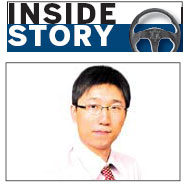
September vehicle sales in China turned out stronger than expected with volumes up 8 percent year-on-year to 1.6 million units, the second highest this year.
The passenger vehicle market remained strong, recording double-digit growth for the fourth consecutive month. Sales totaled 1.2 million units, up 12 percent from a year ago.
The seasonally adjusted annual rate came to 13.8 million units, up 4 percent from August, showing car sales in September surpassed previous projections.
The carmakers filled up dealer inventory during the last month of the quarter as expected, but there were other important elements in the sales rise.
One key reason is policy. It has been more than a year since the government's 3,000 yuan subsidy for fuel-efficient cars came into effect.
Most cars with 1.6-liter engines or smaller have been eligible for the incentive, and while it's not as high as the purchase tax cut that expired at the turn of the year, it has still effectively kept sales from falling.
The subsidy even increased at the beginning of October, a change in policy that prompted carmakers to ramp up production and wholesale sales to prepare for the expected sudden rise in car purchases.
Exports are another important factor driving volume, particularly for Chinese brands. Auto shipments in the first nine months of the year totaled 345,000 units, exceeding the previous highest annual export volume recorded in 2008.
About 30 percent of Chery's wholesale sales came from exports, while overseas shipments for other major exporters such as Geely, Great Wall and JAC all surpassed 10 percent.
Growing sales in emerging markets, key destinations for Chinese car exports, are driving the demand.
Seeing the importance of the markets overseas, Chinese carmakers are expanding both their distribution channels and diversifying export product portfolios faster than ever.
Due to local trade protection systems in many markets, some carmakers have also changed their export strategy away from shipping finished products to exporting knocked-down vehicles for assembly overseas.
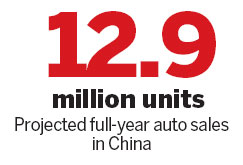
While Chinese carmakers are losing market share at home, surging exports are helping them stay in the game.
Though barely impacted by the recent changes in policy, sales of light commercial vehicles rebounded to 421,000 units in September, down 1.5 percent year-on- year, but 24 percent higher than August.
The minibus segment finally ended its sales decline of seven months in a row with 193,000 units delivered in September, up 1 percent from a year ago.
Other segments also performed better than in the past few months due to increasing demand from the transportation sector.
Our auto sales growth outlook of the full year remains unchanged at 12.9 million units, up 8.2 percent from 2010.
We slightly raised the forecast for light commercial vehicles by 600,000 to 4.9 million units, which is still down 8.1 percent from 2010.
We believe the demand in the fourth quarter will decline 4 percent from the same period in 2010 due to some demand being pulled ahead, while the economy and capital markets are expected to slow.
The author is a senior market analyst of JD Power Asia Pacific. His email address is marvin_zhu@jdpa.com
(China Daily 10/24/2011 page19)



